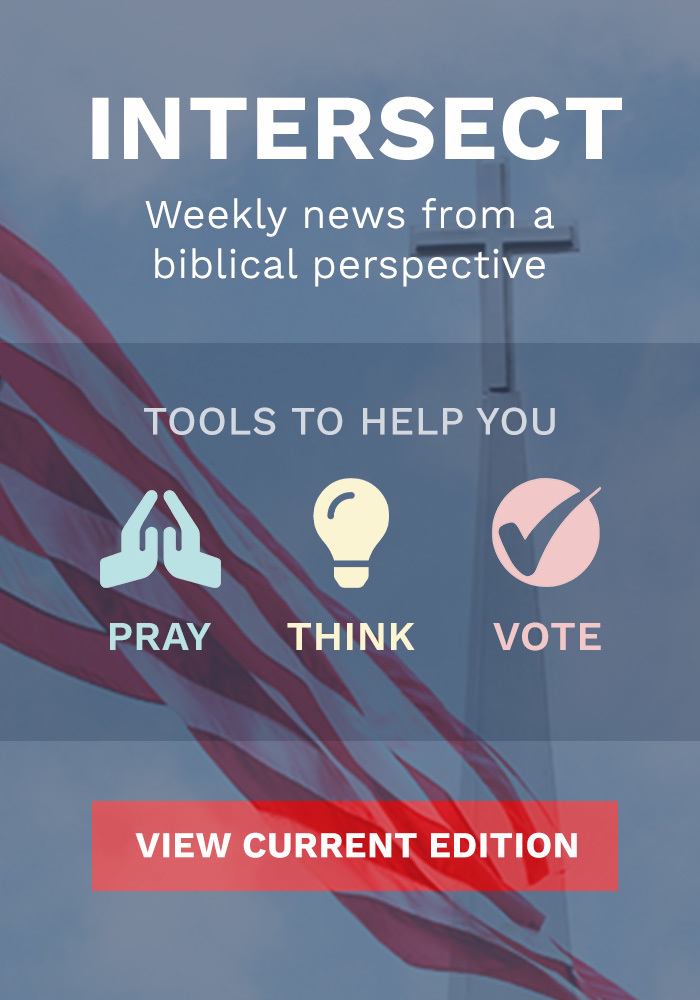
Us and Them: How Classifications Divide
In 1968, the day after Martin Luther King Jr. was assassinated, a third-grade teacher named Jane Elliott in Riceville, Iowa taught her students a lesson the whole world would remember.
She divided her class by the color of their eyes, separating the blue-eyed children from the brown-eyed children. Then, she informed everyone that blue-eyed children were superior. They were smarter, cleaner, and more capable, she said—better in every way. Their “superiority” entitled blue-eyed kids to special privileges, including a second helping at lunch and five more minutes at recess.
The brown-eyed kids weren’t so lucky. Mrs. Elliott informed the class that brown-eyed children were dirty and dumb and were not allowed the same privileges afforded to blue-eyed children. Brown-eyed children were even made to wear collars, so others could more easily recognize them from a distance.
The effects were immediate and terrifying. Within minutes, blue-eyed children ridiculed their brown-eyed classmates—calling them stupid, shunning them on the playground, and treating them with contempt. Neighbors grew distant. Friends became enemies.
The next day, Mrs. Elliott threw them a curveball. She informed her class she had made a mistake. It was the brown-eyed children who were superior. Emboldened by their newfound superiority, brown-eyed children began subjecting their blue-eyed classmates to the same abuse they themselves had endured the day before. ( 1 )
Us & Them
Mrs. Elliott’s students were exhibiting ingroup/outgroup bias—the tendency to favor members of one’s own group (“us”) over those in other groups (“them”).
“We should expect ingroup bias to occur,” wrote behavioral researcher Henri Tajfel, “whenever the social world of an individual is clearly dichotomized into ‘us’ and ‘them.’” (2)
Interestingly, Tajfel also found that people with the same objective differences do not exhibit discriminatory intergroup behavior if they don’t have a clear-cut classification superimposed on them.
For example, a student's eye color had always been blue or brown. It wasn’t until their teacher drew attention to eye color, and its supposed influence, that it mattered to the students.
Our differences don’t divide us, but focusing on them as defining characteristics does.
In other words, our differences don’t divide us, but focusing on them as defining characteristics does. The way to end racism, therefore, is to ignore race.
Love is blind
The Supreme Court of the United States affirmed this view when it struck down racial preferences in college admissions also known as, “affirmative action.”
In his concurrence with the majority opinion, Justice Clarence Thomas wrote, “In the wake of the Civil War,…The Constitution was amended to abolish slavery and proclaim that all persons born in the United States are citizens, entitled to the privileges or immunities of citizenship and the equal protection of the laws. Amdts. 13, 14. Because of that second founding, “[o]ur Constitution is color-blind, and neither knows nor tolerates classes among citizens.” (3)
The Bible rejects discrimination too. “My brothers and sisters, believers in our glorious Lord Jesus Christ must not show favoritism. Suppose a man comes into your meeting wearing a gold ring and fine clothes, and a poor man in filthy old clothes also comes in. If you show special attention to the man wearing fine clothes and say, 'Here is a good seat for you,' but say to the poor man, 'You stand there' or 'Sit on the floor by my feet,' have you not discriminated among yourselves and become judges with evil thoughts?” (James 2:1-4 NIV)
In a society without colors or classes to categorize its citizens, it is easier to love our neighbor because it is easier to recognize everyone as your neighbor. “If you really keep the royal law found in Scripture, “Love your neighbor as yourself,” you are doing right. But if you show favoritism, you sin and are convicted by the law as lawbreakers.” (James 2:8-9 NIV)
Let’s ignore the color of someone’s eyes and skin and strive instead to create a society where we are all neighbors, defined by our common Creator and membership in a group called children of God.
References:
- Watch the PBS documentary: https://www.pbs.org/video/frontline-class-divided/
- Tajfel, Henri, et al. “Social Categorization and Intergroup Behaviour.” European Journal of Social Psychology, vol. 1, no. 2, 1971, pp. 149–178., doi:10.1002/ejsp.2420010202.
- https://www.supremecourt.gov/opinions/22pdf/20-1199_hgdj.pdf#page=49
###
My Faith Votes— is a ministry that motivates, equips, and activates Christians in America to vote in every election, transforming our communities and influencing our nation with biblical truth. An estimated 25 million Christians who are registered to vote, fail to vote in presidential elections. My Faith Votes is on a mission to change this statistic by helping Christians act on their faith and vote in every election. When we pray unceasingly for our nation, think biblically about the issues, and vote consistently in every election the impact of Christians taking action from the local to the state and federal level will be unprecedented.
Website | www.myfaithvotes.org Twitter | @MyFaithVotes Facebook | My Faith Votes
